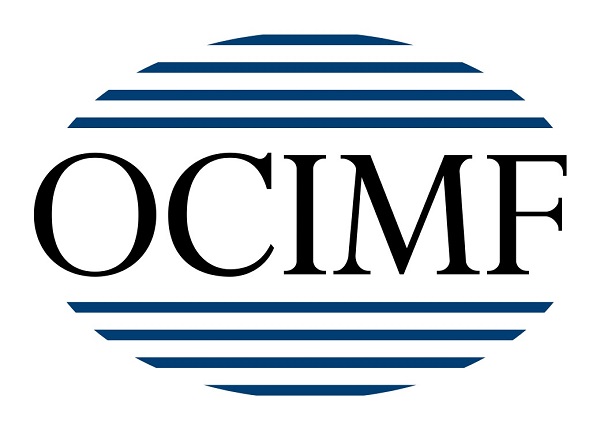A shipping start-up with a unique box of tricks wants to turn each and every container smart, not to track the contents of each box, but to give shippers and shipping lines a chance to build up a true picture of their integrated supply chain.
That’s why they are looking for a shipping line where they can install up to 150,000 of these patented boxes for free, and digitise the chosen ship operator’s transport chain.
Israel-based Loginno has developed military-grade technology the size of a tablet that can be easily secured into the vent of a standard container. In fact it looks just like the standard container vent; so inconspicuous they are easily missed.
The box, called an Agam, has sophisticated sensors to pick up even the slightest movements and ambient conditions of the container, as well as acting as a tracking device.
Loginno chief executive Shachar Tal insists this is different from some of the technology the supply chain has seen in the past. Firstly the technology is not so much about tracking the cargo, or its condition. The technology has power to last ten years, using kinetic and solar power, which is the average life of a container. Then it is connected through a cellular network, using satellite GPS for position acquisition.
Tal is cautious about talking about the box in terms of unit price, saying instead the cost of a container shipment would go up by about $5 to $50, a fraction of each slot price, he says, but the payback is in how the data a shipping line gets, can be used. The benefits of picking up a real-time picture of a fleet of containers are multiple, says Tal. He cites ideas of port and terminal efficiency being monitored by shipping lines, as the length of time a box is stationary is easily seen and checked.
There are of course the security benefits of knowing when a container has been tampered, and entry gained when it should not be.
The task of installing a fleet of containers is not insignificant, but it is something Tal believes Loginno needs to do to prove the real benefit of getting logistics transparency in the industry and proving to shipping lines the benefits they can realise.
Therefore Loginno has launched a search to find a medium or small sized container shipping company, one with up to 150,000 containers in its fleet, to have Agam’s installed – at zero cost, and then gain the benefits of being able to offer customers high levels of tracking transparency.
It would be an industry first, says Tal, saying no other company has come close. Yes, Maersk has sensors in its reefer fleet to monitor produce quality inside, while Loginno has competitors such as Traxens, another start-up pushing along a similar path, has teamed up with companies like MSC and CMA CGM.
Loginno is looking to finalise its partner shipping line by June 2019 and launch the process of installing, initiating and begin tracking the containers.
It will then be able to work on the data it gets back. “We need to work on being transparent and working within any regulatory framework for the data”, says Tal. “We are setting up rules on transfer, who gets what, when. Everything relates to the shipping line’s customer.”
Tal is also convinced this move, whether by Loginno or a competitor, is a necessary step in the continued drive for logistics efficiency that cargo owners are looking for, and that it is only a matter of time before the major lines understand the benefits of getting data they can share with their own customers.
Read about the Contopia Factor competition here.
ENDS

































